Breath Enhancement Training for Surfers
Breath Training for Surfers with B.E.T.
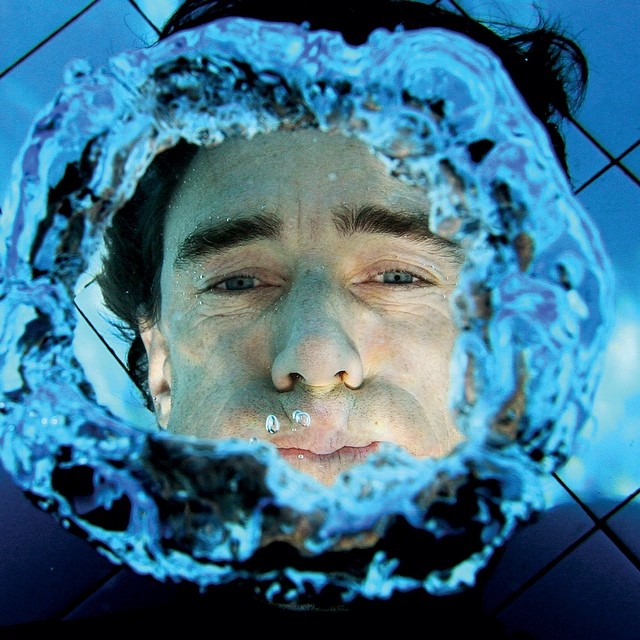
B.E.T. – Breath Enhancement Training
Nam Baldwin is a smart guy, and has so much professional experience it’s astounding. If the worlds’best surfers are learning from the guy, then I’m without a doubt going to jump on an opportunity to learn from him as well.
I recently did…. and it was absolutely worth it. And I’d recommend that if you have a chance to attend one of his workshops, take advantage of it.
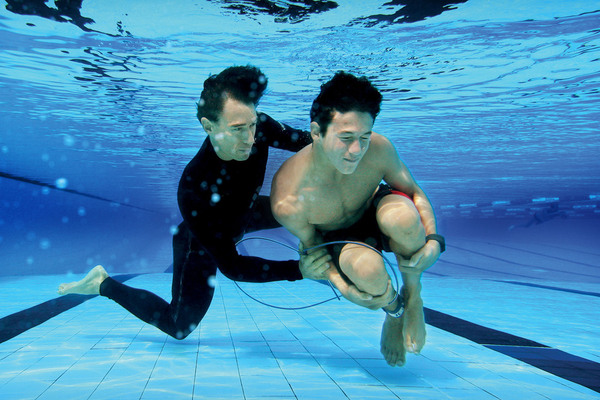
About 2 months ago I nearly drowned. No bullshit, no fluff, legitimately thought that was it. The surf wasn’t exceptionally heavy. But a series of shitty circumstances culminated in me being absolutely demolished by an solid 6foot set. And having my face smashed into the rented board I was riding (solid day to be surfing a rent-able surf board for the first time).
It knocked me out a bit, and then I copped several more waves on the head…. blah blah blah… it sucked. So that situation, along with desire to learn from one of the best, resulted in me taking Nam’s BET course. Breath Training for Surfers…. it’s a good component to put into your training!
You can learn more about it here B.E.T. -Breath Enhancement Training and here B.E.T.
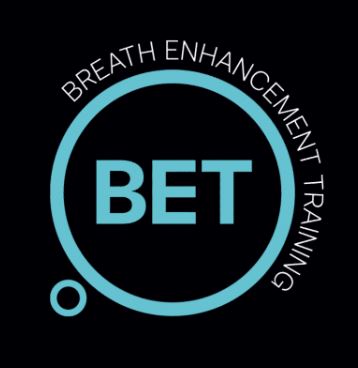
If you have an opportunity to take this course, do it. It’s highly informative, and quickly applicable. It will improve your confidence in heavier surf, whether ‘heavier’ means 3ft, 8ft or 15ft for you, this breath training can be undertaken by all levels.
You are also given some breath workouts that you can start doing right away. In fact, I’m meeting a buddy in about an hour (as I’m currently writing this, not when you’re reading it obviously), to get into a pool and go over the course work.
A few big takeaways from the Breath Enhancement Training Course
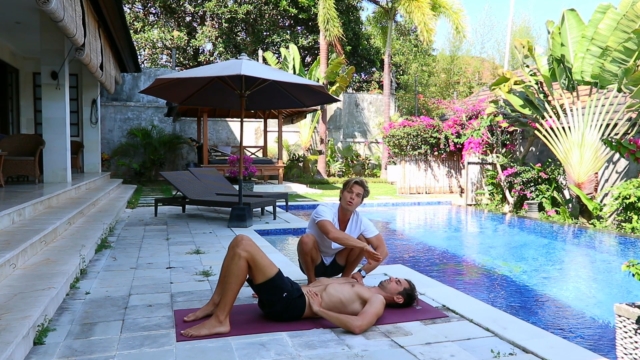
Diaphragmatic Breathing. I’ve written about this before in my post Can Your Breathe? A large majority of people breathe in a “reversed” breathing pattern, meaning they primarily inhale with their neck and shoulder musculature. This is far from optimal, and doesn’t utilise the diaphragm, which is a crucial core muscle and is the primary driver for efficient breathing.
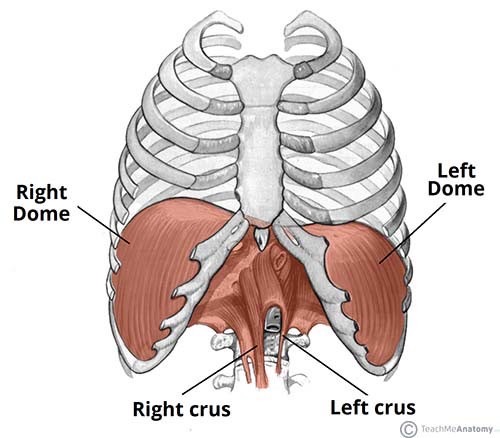
Through retraining, you can shift your body’s breathing mechanics to primarily use the diaphragm, the 2nd most important muscle in the body after the heart and the one responsible for a highly oxygenated breath.
Developing a strong diaphragm will allow 2 things: i) a far better in breath and ii) greater core stability in wipeout scenarios. Using your diaphragm correctly means more controlled breathing, especially when under pressure such as paddling out in big surf.
In the course, Nam gives several options for exercising the diaphragm. One problem with breath holds underwater as pointed out by Nam, is that people have weak diaphragms, which when contracted during a breath hold will instead try and relax, creating an uncomfortable ‘urge’ to breathe out earlier than you would like.
So without giving out Nam’s exercises, the first thing you can do is learn how to relax the neck/shoulder musculature, and use your diaphragm. Here’s the post for Diaphragmatic Breathing: Can You Breathe?
Hold-Downs aren’t that long!

This may not be exact, but Nam talks about an 8-10 foot wave really only holding you down for around 10-12 seconds. That isn’t really that long. So being comfortable in bigger surf (not insanely sized waves), isn’t about being able to hold your breath for very long periods of time.
It’s more relevant to being able, and comfortably, to hold your breath in stressful situations, having just previously drastically raised your heart-rate. To accomplish this, the course goes through a series of pool drills, which are then practiced with a training buddy, until the guys have trainers around the country.
Their intention is to “train” your body to be capable, and your mind to be mentally comfortable, with the bodies demand for oxygen, increasing your ability to handle increased levels of CO2.
When You Get an Opportunity to Breathe, Breathe Efficiently
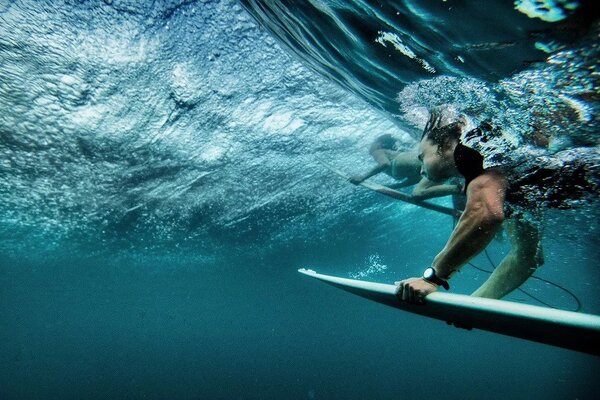
If you’ve just paddled back out, you’ve likely just raised the heart rate considerably. This in turn requires more oxygen for muscles, and results in an increased breath rate.
When you get out the back, take that time to intentionally slow your breathing, breathe optimally, utilising the diaphragm and you will repay the oxygen debt quicker, eliminate excess CO2 and be much more prepared for whatever happens next.
This also leads into breathing during a wipeout, when you’re about to catch the next set on the head, and have a few brief seconds to grab some air. Through Nam’s methods, you learn a technique to rapidly expel C02 built up whilst holding the breath, and breathe in efficiently, using a variation of a diaphragmatic breath.
This method ensures you’re expelling as much excess C02 as possible. And inhaling in such a way to maximise lung capacity without over inhaling.
Over-inhalation can actually cause unnecessary stress to the system due to activation of various muscles that can quickly influence the nervous system to an “alarm” state. And an alarmed state increases heart rate, thus increasing oxygen use… not a good thing! Therefore, it is important to practice proper breathing techniques to avoid unnecessary stress and maintain a calm state of mind and body.
This method alone was worth the cost of the course. Gotta go to learn it!
Focus… To Relax

Nam teaches various focus techniques to use during an underwater breath-hold situation. Becoming focused on certain aspects of the body, and focusing on relaxing them, can actually help “calm” the nervous system.
And it also gives you something to consider while being demolished by a set wave. And not simply freaking out… Cause freaking out leads to an increase in stress… Leads to an increase in heart rate… Leads to increase rate of oxygen use.
That’s exactly what you want to avoid during a hold down. We even practiced wipeout scenarios which required us to focus on removing our leg ropes mid way to keep the training as real as possible.
Get Zen.
Ha!! Seriously, a bit of meditative practice. While this wasn’t directly taught in the course, a large component is learning proper breathing exercises and mechanics. And during the recovery components we worked on slowing down the breath rate to below 6 breaths per minute, some of us achieving 2 breaths with ease.

I recommend to most of my clients to simply lay on their backs and practice diaphragmatic breathing. Whether you want to get zen with it and look at it from a meditative perspective. Or simply look at it from a physiological perspective, it would be good for you to practice your breathing, slow down your breath rate. And bring the nervous system to a more relaxed state.
All in all, it’s a great course. And you will have some take-aways that you can immediately use to improve your confidence and ability in the surf. As with anything that is aimed to improve the body or the mind, it takes time and applied effort.
I’ve been getting about 1 pool session in per week, along with my other training and surfing. And I’ve noticed considerable improvements, both mental and physical.
So….. refine your training, and add in some breath work. Like I always preach, improve your body so you can do more of what you want to in life (surfing).
If you want to improve your training, and get surf specific, resolve pain issues, and improve your capacity in the surf, get in touch! let’s train.

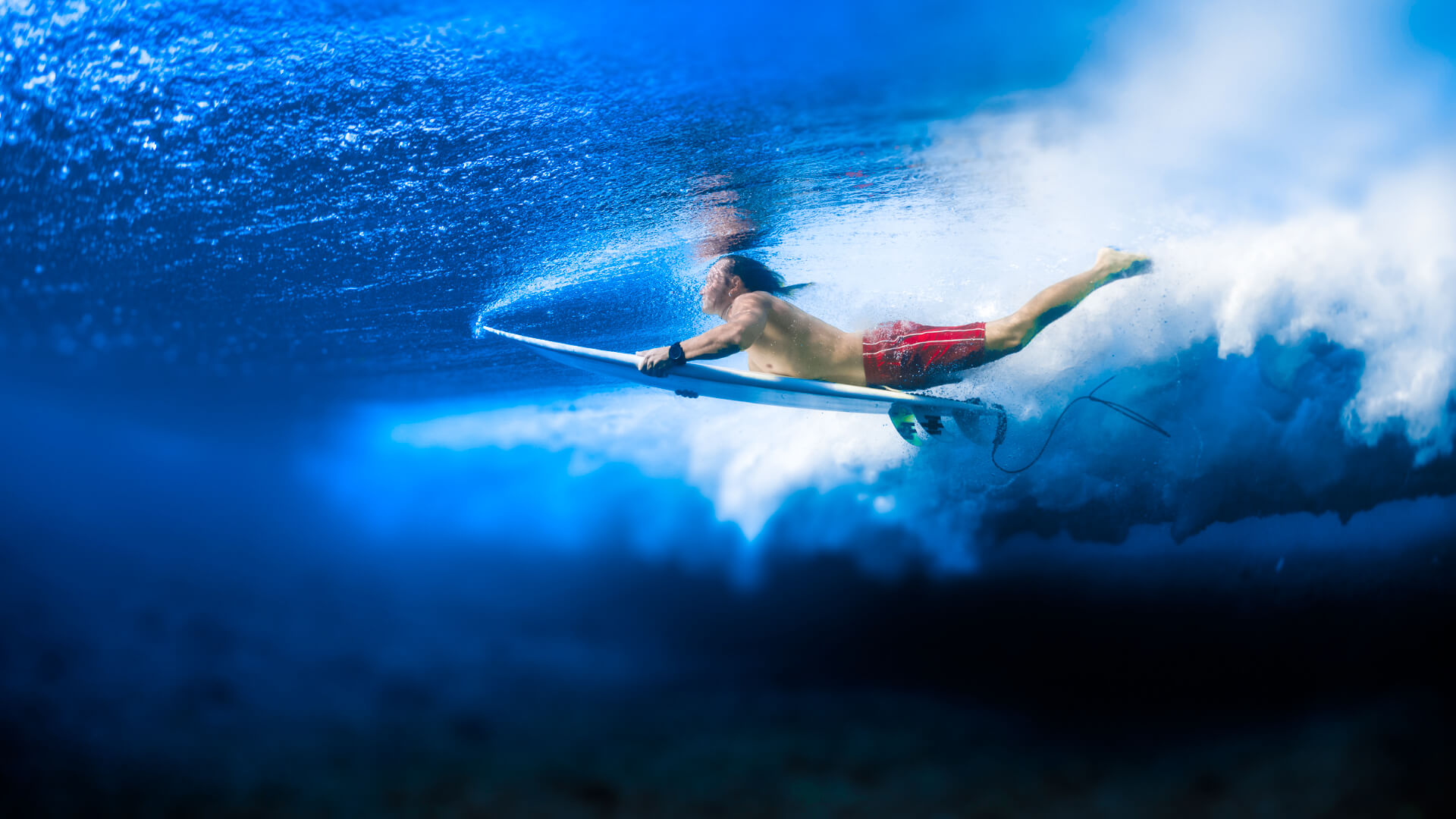
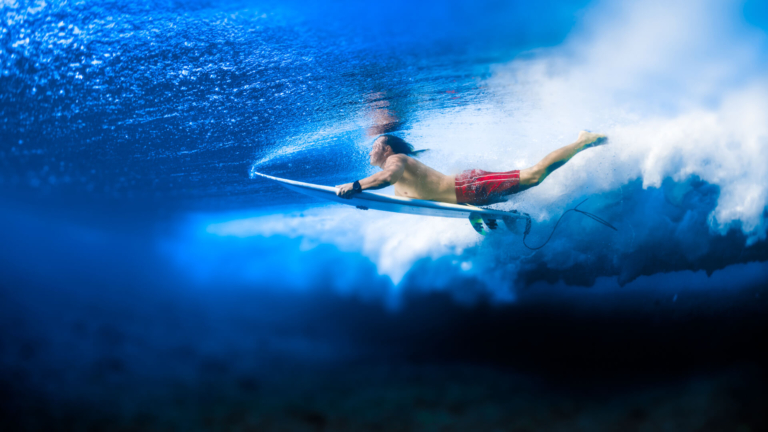
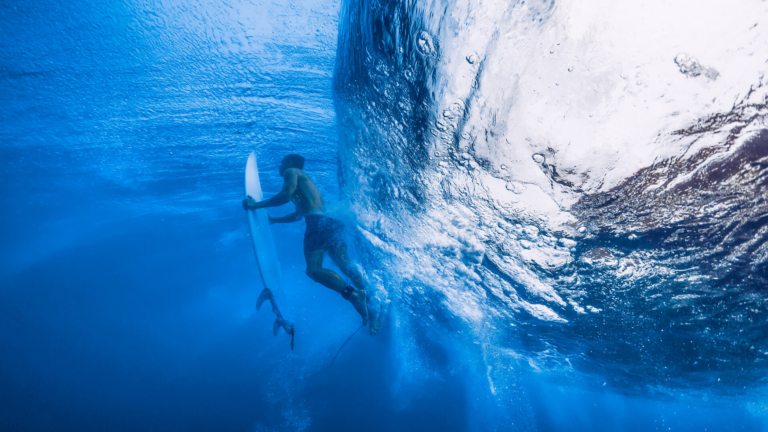
No bullshit, no fluff, legitimately thought that was it. The surf wasn’t
exceptionally heavy, but a series of shitty circumstances culminated in
me being absolutely demolished by an solid 6foot set and having my face
smashed into the rented board I was riding (solid day to be surfing a
rent-able surf board for the first time). It knocked me out a bit, and
then I copped several more waves on the head…. blah blah blah… it
sucked.
read more at